Confused about what ‘Open’ Means in Education? Inconceivable!
Doug Levin
FEBRUARY 25, 2016
I’ve established that I am a fan of open educational resources (OER) and think that K-12 educators and policymakers would benefit from thinking more deeply about the ownership of instructional materials. To that end, I present the first draft of “ #GoOpen: OER for K-12 Educators – Frequently Asked Questions.”



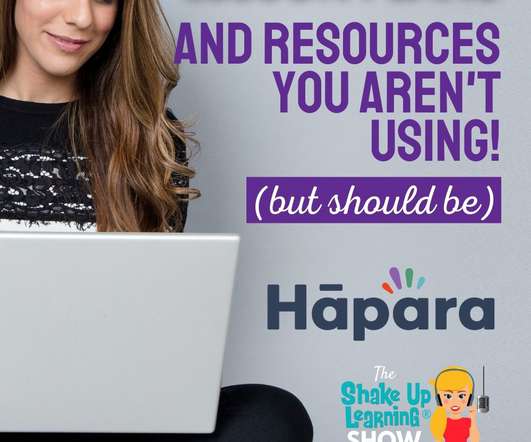
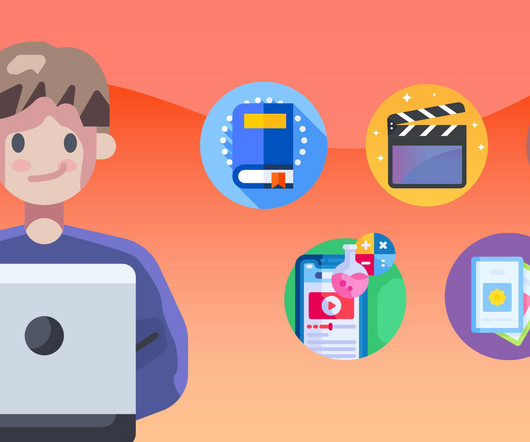








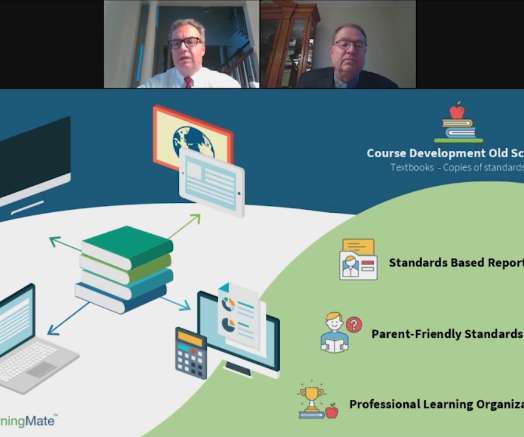





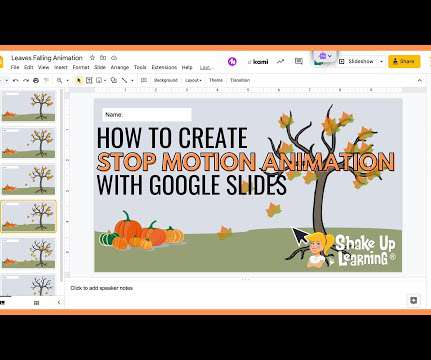
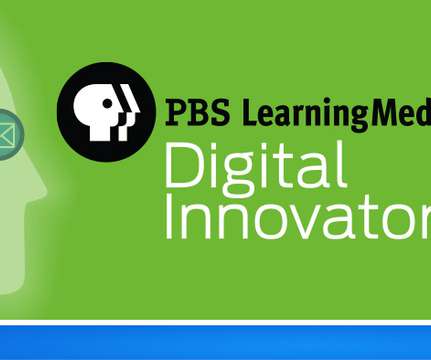

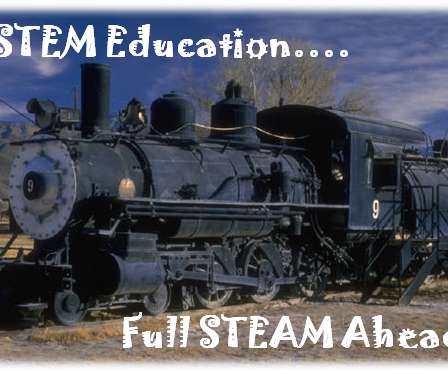





















Let's personalize your content